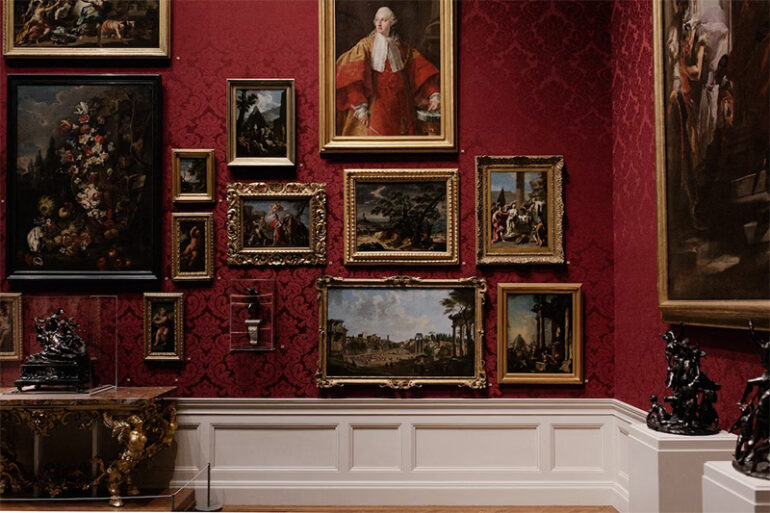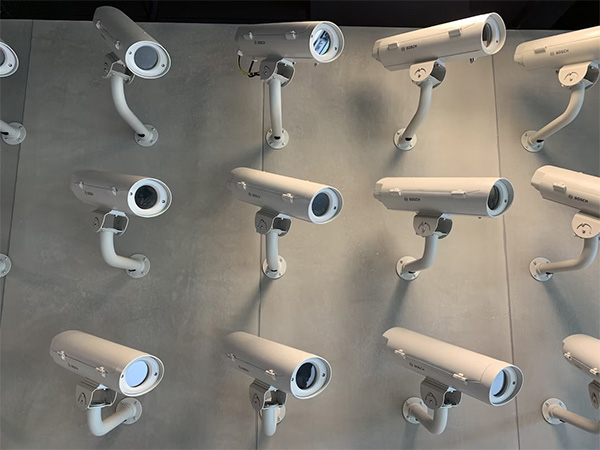Art has always captivated the human imagination, telling stories, reflecting cultures, and capturing moments in time. From priceless paintings to ancient sculptures, art holds tremendous value both aesthetically and economically. Unfortunately, the allure of these treasures has also led to a dark underbelly of criminal activity: the theft of art. In this article, we embark on a deep dive into the world of stolen art, uncovering the stories behind some of the most famous and elusive missing masterpieces.
The great heists
Daring art thieves have stolen from famous museums, private collections, and even churches. The 1911 Louvre Museum robbery of the Mona Lisa is one of the most famous art heists. The Mona Lisa was found two years later, but the incident made it famous worldwide.
Two burglars posing as police officers stole 13 works from the Isabella Stewart Gardner Museum in Boston in 1990, including Vermeer and Rembrandt. The museum’s empty frames are a chilling reminder of the $500 million art robbery.
The underground market
Stolen art often disappears into an intricate web of underground markets and shadowy networks. These markets operate across international borders, making it difficult for law enforcement agencies to track and recover stolen pieces. Once a masterpiece enters this clandestine world, it can change hands multiple times, moving through black-market dealers, criminal syndicates, and even unsuspecting buyers.
The demand for stolen art comes from various sources, including wealthy collectors who are willing to pay exorbitant sums to possess rare and illicitly obtained pieces. Private deals are made behind closed doors, and transactions occur discreetly, leaving the stolen artworks hidden from public view.
The art of recovery
Despite the challenges posed by the illicit art trade, efforts to recover stolen masterpieces persist. Law enforcement agencies, such as Interpol’s Art Crime Team, collaborate with international organizations, museums, and specialized investigators to track down missing artworks.
State-of-the-art technology, including facial recognition and digital databases, has proven invaluable in identifying stolen art. The digitization of art databases enables quick comparisons between seized artworks and reported thefts, increasing the chances of recovery.
Additionally, social media has emerged as a powerful tool in recovering stolen art. Museums, collectors, and individuals share information about missing artworks online, reaching a vast audience and increasing the likelihood of someone recognizing a stolen piece.
The haunting legacy
The loss of a masterpiece transcends monetary value; it robs the world of cultural heritage and deprives future generations of the opportunity to experience these extraordinary works. The absence of renowned paintings and sculptures leaves a void in the art world, a constant reminder of the ongoing battle against art theft.
To prevent further thefts, museums and collectors have implemented stringent security measures. Enhanced surveillance systems, secure display cases, and improved museum protocols aim to deter potential thieves and protect invaluable artworks. Museums also collaborate with law enforcement agencies and utilize cutting-edge technology to bolster their defenses.
The world of stolen art is a complex and captivating realm where audacity clashes with creativity, and greed threatens the preservation of cultural treasures. While many stolen masterpieces remain elusive, the tireless efforts of law enforcement agencies, organizations, and individuals in the art world continue to bring some of these treasures back to their rightful places. Through increased awareness, advanced technology, and international cooperation, we can hope to preserve our artistic heritage and protect future masterpieces from the clutches of thieves.
Photo Attribution:
1st and featured image by https://unsplash.com/photos/acowe0pCVBg
2nd image by https://unsplash.com/photos/fRVPzBYcd5A

